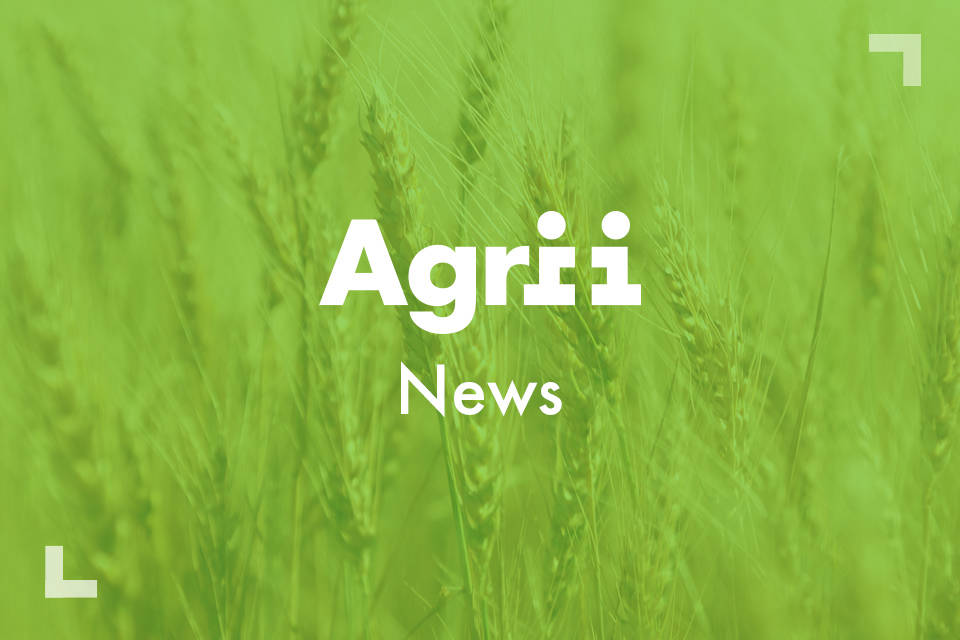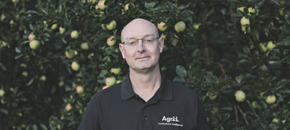
Forage rye could help maize growers combat shortfalls in availability of home-grown forage this winter
News - 23.09.22
Ben Lowe, Agrii National Forage Product Manager
With drought status declared by the Environment Agency for large parts of the country this summer, many farmers are concerned about volumes of forage for their livestock over the winter or feedstock for AD into next year.
Maize yields are likely to be impacted for most and less silage has been made, resulting in many growers already utilising stocks to buffer feed livestock or AD plants instead of carrying forward into the winter months. Therefore for maize growers, it’s more important than ever to establish a forage crop in-between maize crops.
Lunator forage rye
Considering Lunator forage rye will help bolster forage production during what could be a difficult winter, while simultaneously providing environmental benefits to the farm.
Planting a crop of forage rye prevents the ground being left bare over winter, and will provide better travelling conditions in the spring, as well as improving soil resilience and retaining vital nutrients.
Forage rye can be sown with minimum cultivation provided the field is in good condition. Lunator forage rye establishes rapidly and doesn’t really stop growing throughout the winter, so provides either winter grazing or can be ensiled from April.
Once established, management of the crop is relatively simple – it is winter hardy, has excellent rooting capability and produces a higher yield from an earlier harvest date when compared with other varieties on the UK market.
Minimal nitrogen inputs in the new year
combined with a light PGR application are not essential, but do show benefits for final yields and even-ness of crop when harvested.
Although technically a cereal, growers should not aim to achieve any levels of starch from a forage rye crop, as this would require grain maturity and a much later harvest date during summer.
Looking at the crop more akin to grass, harvesting it as ears are beginning to emerge, ensures that overall forage quality is maximised.
The volume and quality of homegrown forage that can be produced from forage rye with minimal cost and inputs, combined with the reduction in valuable nutrient leaching over the winter and the benefits to soil health, supplies a very cost-effective solution to ground that would usually remain bare between maize crops.
During this difficult year, it could also provide a necessary boost for farmers to help meet the shortfall in availability of home-grown forage for their livestock.
Please get in touch with your usual Agrii contact for more information on Lunator forage rye seed, or contact Ben Lowe email: ben [dot] lowe [at] agrii [dot] co [dot] uk
Join Our Community

Agrii X
We love engaging with clients and partners. Give us a follow and let's share stories for the community.

Agrii Instagram
A picture paints a thousand words. Follow us on Instagram to see what we are up to.

Agrii Facebook
Follow us on the worlds biggest social media site for the latest news and events straight to your feed.

Agrii LinkedIn
If you are all about the business, connect with us on LinkedIn to build your network
Stay In Touch

Journal Sign-Up
Receive email updates on topical news and information from around Agrii and UK Farming.

Listen To Our Podcasts
Listen to the Tramlines Podcast. Fortnightly chat about agriculture and trials with your host Tony Smith.

Agrii Insights
Read essential agri intelligence for profitable farming.

Find an Event
Join us for our upcoming events and tours.





